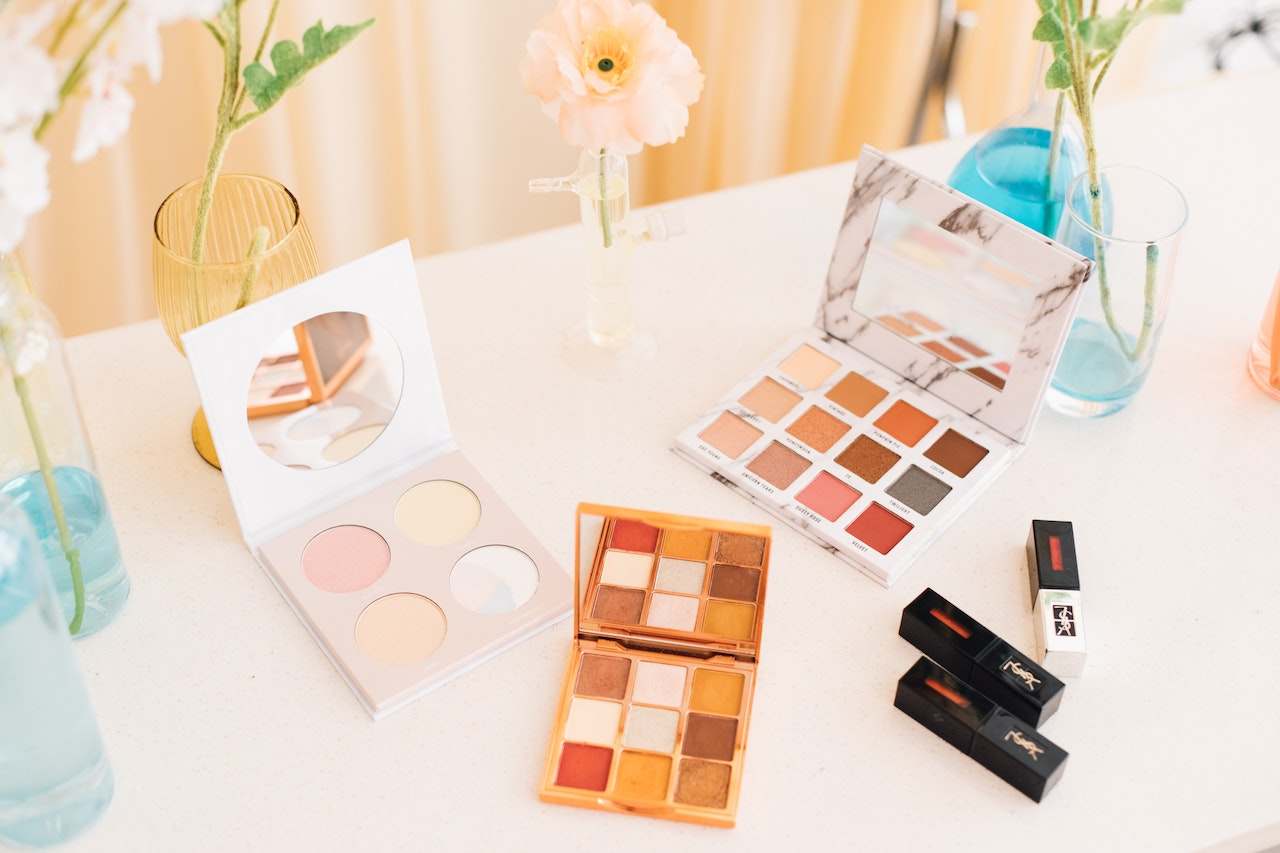Current trends in skin care for the face and body are flooding social media. The selection of homecare products, regular visits to cosmetologists and dermatologists, and even injectable procedures are all part of the constantly evolving cosmetic industry. The pursuit of clear, flawless skin has become not just a goal but a way of life. Daily homecare involves, at the very least, three levels: cleansing, toning, and moisturizing. In addition, various peels, serums, and masks provide additional functionality.
This demand in society has become defining for the field of skin care cosmetics manufacturing. The processes of formulating and implementing a product have become more complex, as have the quality assessment standards. Now, the focus is not on speed and cost-effectiveness, but on effectiveness and uniqueness. These qualities allow for establishing a presence in the cosmetics market and creating a prestigious brand, with each product being highly valued and standing out among the multitude of others. Let’s delve into the details: how skin care cosmetics are created, what processes take place internally, and what significance the ingredients hold.
Skin Care Cosmetics Industry Overview
The skin care cosmetics segment demonstrates rapid growth rates, surpassing all other sectors of the beauty industry. The global market volume for skin care products was estimated at $130.50 billion in 2021 and is expected to grow at an average annual growth rate of 4.6% from 2022 to 2030.
The increasing awareness of health and beauty, concern for the eco-friendliness and naturalness of products, development of new technologies and active ingredients are just some of the reasons behind such enthusiasm. Interestingly, the largest share of revenue belonged to the women’s sector, and it is anticipated to maintain its leadership in the future. However, the interest of the male population in beauty and skin care is also rapidly increasing. It is projected that the male segment will exhibit particularly dynamic growth indicators, around 5.0% from 2022 to 2030.
skin care products with active components are currently at the peak of popularity: creams and lotions, restorative creams, peels, masks, serums, powders, and scrubs. Sunscreens and anti-aging products are also in high demand. The main consumer requirements include fast-acting products, eco-friendliness, convenience of home use, and addressing issues such as breakouts, wrinkles, excessive oiliness, and dryness of the skin.
Overall, the industry is constantly experiencing changes, including the emergence of new brands and products with innovative formulas and a range of beneficial effects on the skin structure.
The leading companies in the field of skin care cosmetics manufacturing include the following names:
- L’Oréal S.A.
- Beiersdorf AG.
- Shiseido Co., Ltd.
- Procter & Gamble (P&G).
- Unilever.
- Johnson & Johnson, Inc.
- Avon Products, Inc.
- Coty Inc.
- Colgate-Palmolive Company.
- Revlon.
The success of these manufacturers depends on multiple factors, but some of the key ones are a unique recipe and advanced production technologies. The combination of effectiveness and affordability in a single bottle allows consumers to choose products from the aforementioned companies again and again.
Skin Care Cosmetics Ingredients
The desired results from using cosmetic products are achieved through the active ingredients they contain. These ingredients come in two types—natural and synthetic. Typically, the overwhelming majority of consumers tend to choose natural ingredients, as they are considered more effective and safe for the body. However, both categories of components have their strong and weak points.
- Natural ingredients are derivatives of substances of natural origin. The following items belong to this type:
- Plant extracts – aloe vera, green tea, chamomile, rosemary, and many others;
- Vegetable oils – coconut oil, argan oil, jojoba oil, shea butter, tea tree oil, rosehip oil, avocado oil;
- Natural antioxidants – vitamins A, C, E, green tea, coenzyme Q10, caffeine, resveratrol;
- Natural acids – alpha-hydroxy acids (AHA): lactic acid, apple acid, almond acid, azelaic acid.
The advantages of natural ingredients pertain to their gentle formula, which often blends more easily with the skin, and their more natural nature, which appeals to consumers seeking organic products. However, natural ingredients have limited stability, and their preservative properties may also be limited, so it is necessary to carefully consider and use appropriate formulations.
- Synthetic components are created artificially in the laboratory or produced from natural substances through a processing process. Synthetic ingredients often work even more effectively than natural ones, due to the alteration of the formula and structure for better skin adaptation. Among them, the following should be highlighted:
- Retinol and retinoids are synthetic forms of vitamin A.
- Preservatives include peptides, sodium benzoate, and formic acid.
- Colorants include titanium dioxide and zinc oxide.
- Surfactants (surface-active agents) help to create foam and cleanse the skin.
- Emulsifiers blend water and oils, creating a convenient texture for application.
- Humectants (moisturizing components) include glycerin and urea.
- Processed acids include hyaluronic, glycolic, and salicylic acids.
Synthetic ingredients typically have a more stable formula, which contributes to the long-term effectiveness of the product. Due to higher concentrations of active substances, they allow for faster attainment of specific results. However, some synthetic ingredients may cause skin sensitivity or irritation, so it is important to approach their use with caution.
Skin Care Cosmetics Formulations
A properly formulated recipe is the key to an effective cosmetic product that can accomplish the intended tasks. The product’s formula should be based on addressing a specific issue, such as dryness or oiliness of the skin, moisturizing or nourishing, cleansing or exfoliating. Accordingly, active and base components are selected to complement each other and create a synergistic combination.
It is important to note the defining role of preservatives, emulsifiers, and thickeners in the formula of a cosmetic product. It is commonly believed that they are harmful components to be avoided. In reality, without their presence in the composition, the product would be unfit for use: the components would not be properly mixed, and the shelf life would be measured in days.
After the selection and blending of the components, an important testing process follows. This includes checking the active ingredients, concentrations, pH value, as well as identifying and excluding substances with negative effects. Throughout the entire process, careful observation of the composition’s performance and interaction is necessary. If needed, adjustments should be made to ensure high quality and alignment with the set objectives.
It is equally important to study the stability of the components of the product throughout its entire shelf life. Such testing allows determining how the product will behave under the influence of various conditions, such as temperature, light, and humidity. It is important to consider all factors in order to inform the consumer about possible changes in the composition. Once the ideal product formula is achieved, it is necessary to approve it in order to initiate the production process.
Skin Care Cosmetics Packaging
The product packaging serves two key functions simultaneously: ensuring airtightness and visually attracting the target audience. When selecting packaging, it is important to combine both aspects to achieve maximum convenience in product usage and aesthetic appearance.
Let’s take a look at the main types of packaging for cosmetic products:
- Jars are usually made of plastic, glass, or metal and have a screw cap or a dispenser cap. They provide easy access to the product and allow for complete utilization of its contents.
- Bottles are used for various liquid products such as toners, lotions, and serums. They are often made of plastic and glass, supplemented with dispensers and pumps that dispense a specific amount of product for application and protect it from oxidation.
- Tubes are widely used for packaging gels, creams, and pastes. The most common materials are plastic and metal. They have a convenient squeezing mechanism that allows for easy dispensing of the product.
- Pumps. This type of packaging is found in liquid and cream-based products, such as lotions and creams. It prevents contact of the product with air and promotes more economical usage.
Packaging is what the customer will see even before using the product. That is why this aspect is so important. The appearance should be unique, standing out among the multitude of others, and representing the brand’s individual philosophy.
Conclusion
Skin care cosmetics manufacturing is a multifaceted and responsible process. In the current competitive and saturated market, creating an effective product requires deep knowledge, meticulous research, and innovation. At each stage of production, patience is required for analyzing, testing, and certifying the composition in order to achieve a perfect formula. Continuous development and optimization will help create a unique product that serves as a viable solution to common skin problems. Quality is highly valued by consumers—they will not overlook the professional formulation and effectiveness.

